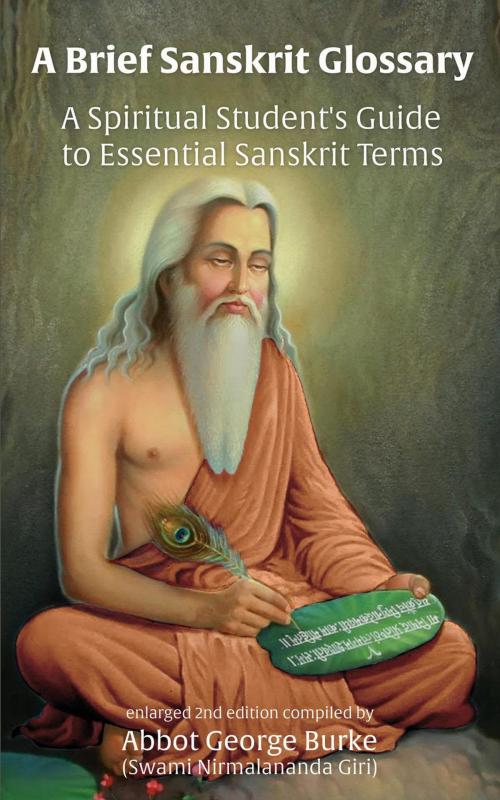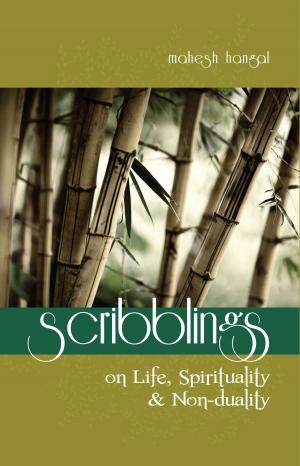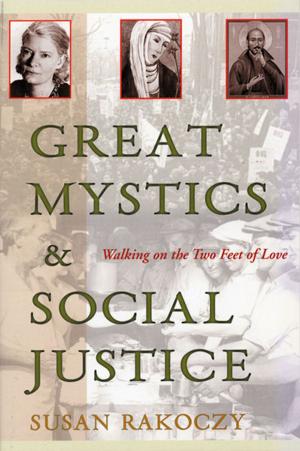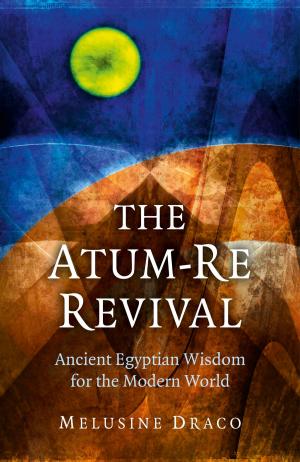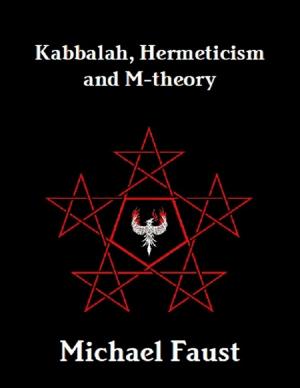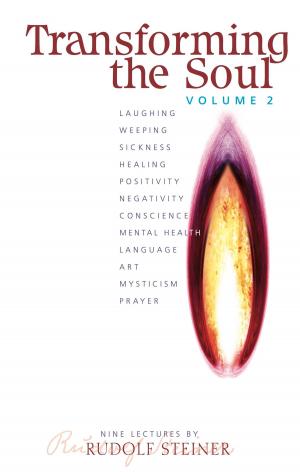A Brief Sanskrit Glossary: A Spiritual Student's Guide to Essential Sanskrit Terms
Nonfiction, Religion & Spirituality, New Age, Reference, Eastern Religions, Hinduism, Inspiration & Meditation, Mysticism| Author: | Abbot George Burke | ISBN: | 9781732526631 |
| Publisher: | Abbot George Burke (Swami Nirmalananda Giri) | Publication: | December 24, 2018 |
| Imprint: | Language: | English |
| Author: | Abbot George Burke |
| ISBN: | 9781732526631 |
| Publisher: | Abbot George Burke (Swami Nirmalananda Giri) |
| Publication: | December 24, 2018 |
| Imprint: | |
| Language: | English |
This sanskrit glossary contains full translations and explanations of many of the most commonly used spiritual sanskrit terms, and will help students of the Bhagavad Gita, the Upanishads, the Yoga Sutras of Patanjali, and other indian scriptures and philosophical works to expand their vocabularies to include the sanskrit terms contained in them, and gain a fuller understanding in their studies.
If you are reading the writings of Swami Sivananda you will find a basketful of untranslated Sanskrit words which often have no explanation, as he assumes his readers have a background in Hindu philosophy. For writings like his, this book is invaluable, as it lists frequently used sanskrit terms used in writings on yoga and Hindu philosophical thought.
This is not a sanskrit grammar, and those wanting to know sanskrit pronunciation will need other books, as it does not have the diacritical markings sometimes used in books on the sanskrit language.
As the title says, this is a spiritual students guidebook, listing not only commonly used spiritual terms, but also giving brief information about spiritual teachers and writers, both modern and ancient.
This sanskrit glossary contains full translations and explanations of many of the most commonly used spiritual sanskrit terms, and will help students of the Bhagavad Gita, the Upanishads, the Yoga Sutras of Patanjali, and other indian scriptures and philosophical works to expand their vocabularies to include the sanskrit terms contained in them, and gain a fuller understanding in their studies.
If you are reading the writings of Swami Sivananda you will find a basketful of untranslated Sanskrit words which often have no explanation, as he assumes his readers have a background in Hindu philosophy. For writings like his, this book is invaluable, as it lists frequently used sanskrit terms used in writings on yoga and Hindu philosophical thought.
This is not a sanskrit grammar, and those wanting to know sanskrit pronunciation will need other books, as it does not have the diacritical markings sometimes used in books on the sanskrit language.
As the title says, this is a spiritual students guidebook, listing not only commonly used spiritual terms, but also giving brief information about spiritual teachers and writers, both modern and ancient.
